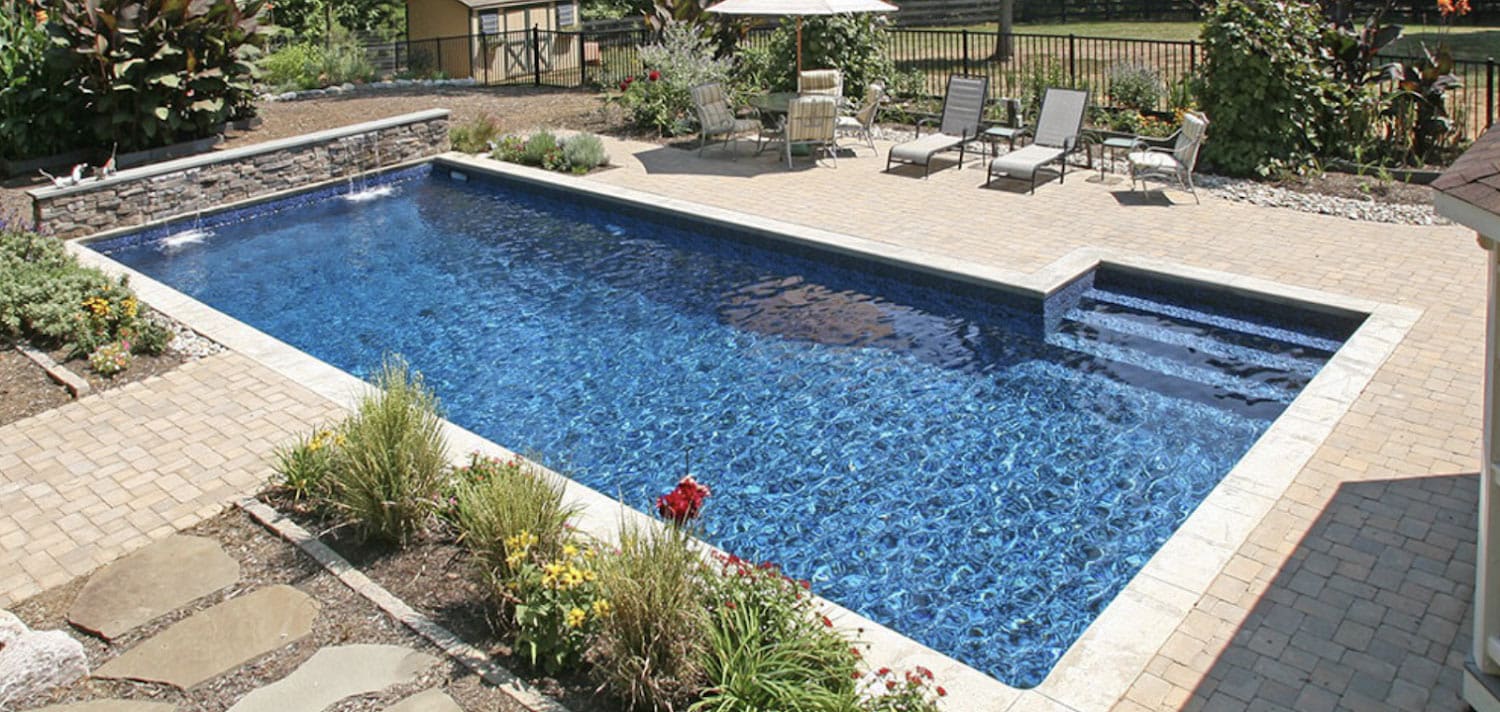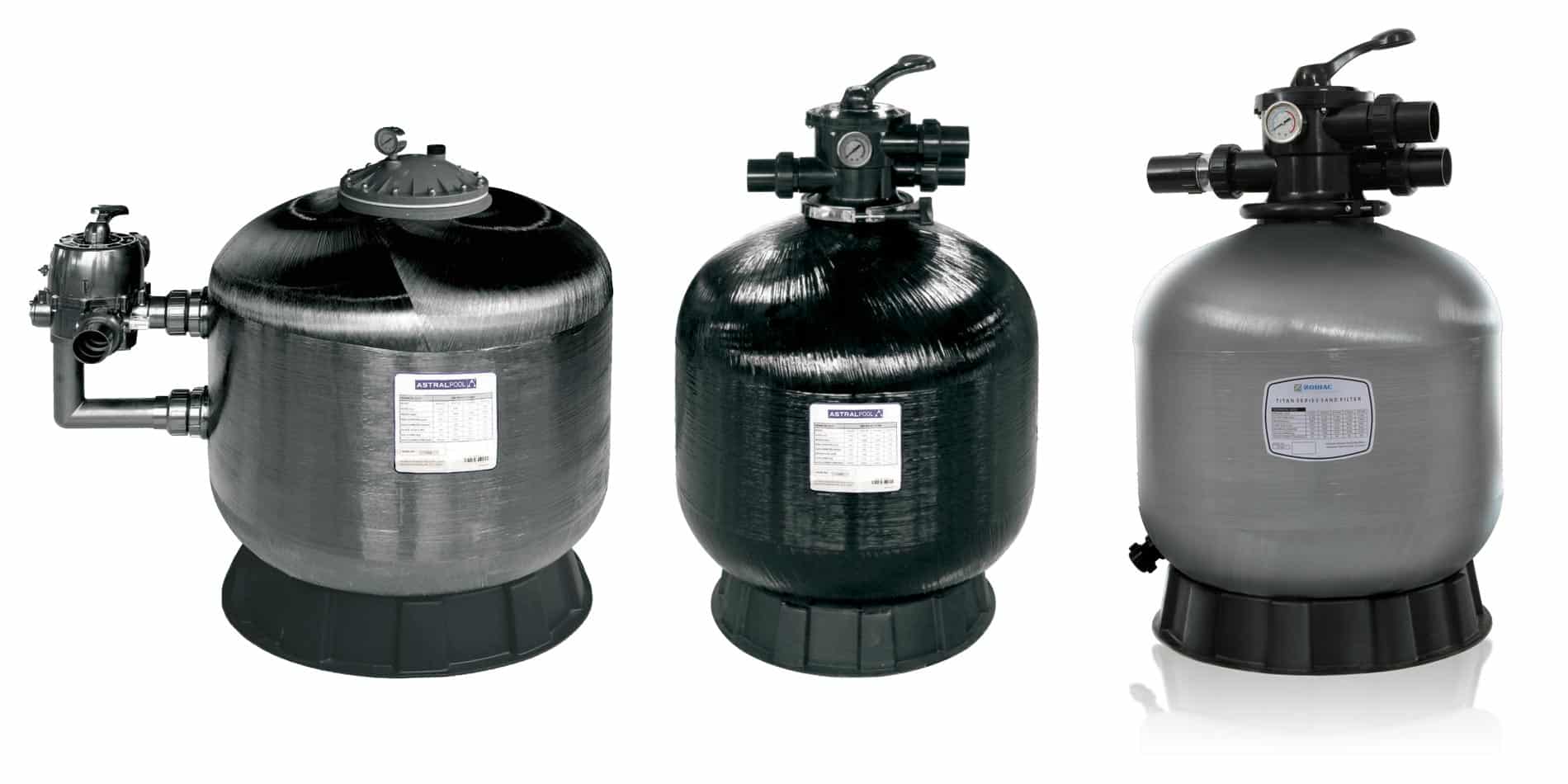Maintaining the pH level and alkaline level of your swimming pool is extremely important for keeping it a clean, safe and enjoyable environment.
Having a good understanding of pH and alkaline can help to simplify the process of maintaining your swimming pool, here at Hi-tech Pools & Spas, we’ve outlined all the key information you need below.
What Is pH?
pH levels measure your swimming pool’s acidity. The pH scale goes from 0 to 14, where pH 7 is neutral. If the pH is below 7, the water is acidic, but if it’s above 7, the water is basic.
The perfect pH level for your swimming pool is between 7.4 and 7.6, as a pH of 7.4 is the same as the pH in human eyes and mucous membranes.
The Australian Standard for pool water is 7.0 to 7.8, with 7.2 to 7.6 recommended.
What Is Pool Alkalinity?
Alkalinity measures the number of alkaline substances present in your swimming pool. Alkalines work to offset and neutralise the pH level, so it’s important for the alkaline level to be somewhere between 80 and 120 parts per million (ppm).
Why Do Pools Need pH And Alkalinity?
Swimming pools need the correct amount of pH and alkaline to keep them clean and sanitary. If you fail to maintain your swimming pool in this way, it could end up being more costly in the long term.
What Impacts pH Levels?
The pH level of a pool can change after heavy pool usage, heavy rain, adding chemicals like chlorine and topping up the pool. It’s important to check sanitiser and pH levels frequently so they can be adjusted accordingly.
How To Adjust pH Levels
To adjust pH, you need to add alkalis or acids into the water. For example, adding sodium bicarbonate (baking soda) or sodium carbonate (soda ash) will generally raise the pH, while adding sodium bisulfate or muriatic acid will usually lower it.
Effects of Low pH Levels
Low pH levels can be caused by a number of factors, such as:
- Incorrect Pool Maintenance
- Debris
- Dirt
- Rainfall
Low pH levels in pools can lead to:
- Erosion of grout and plaster around your pool
- Damage to pool floats and any solar covers you have in place
- Corrosion of metal e.g., ladders
- Discomfort during swimming e.g., burning eyes and skin
Effects Of High pH Levels
High pH levels in your pool are commonly caused by the following:
- Using Chlorine Consistently to Sanitise Your Pool
- The Inclusion of a Water Feature e.g., a Fountain
- New Pool Additions e.g., Pebbles or Plastering
The following issues are typically caused by high pH levels:
- Less effective chlorine
- Algae
- Dull and cloudy pool water
How To Adjust Alkaline Levels
Low alkalinity is a more common problem than high alkalinity, but both can cause an imbalance in your pool’s chemistry. To raise the alkalinity in your pool, simply add sodium hydrogen carbonate directly to the water. To lower the alkalinity, use sodium bisulfate.
Effects Of Low Alkaline Levels
Low alkaline levels in your pool can lead to:
- Unstable pH Levels
- Etching Plaster
- Corroded Metals
- Discomfort When Swimming
- Stained Surfaces
Effects Of High Alkaline Levels
The following issues can be caused by too much alkaline in your pool:
- Reduced Effectiveness of Chlorine
- Cloudy and Dull Water
- Stained Surfaces
- Difficulty Maintaining pH Level
Our Services
If you’re still unsure about how to adjust pH and alkalinity, Hi-Tech Pools & Spas can help.
We can treat your pool for you and provide all the products you might require to do this yourself in the future.
Call 08 8932 1651 or contact us at our store in Palmerston for more information.














